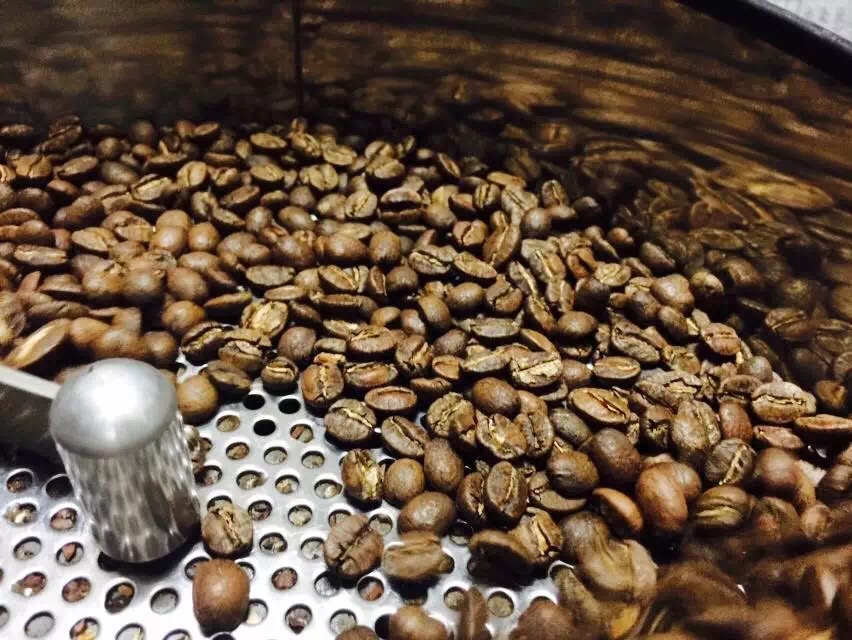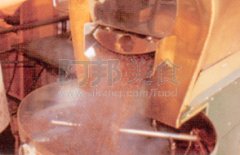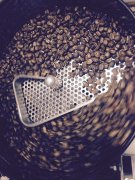How is the coffee graded? who is in charge of grading? How is it graded?

Select coffee is usually the top coffee, but what does "top" stand for? Who is in charge of grading? How is it graded? Although grade is not the only criterion for distinguishing flavor, it is still a quite objective index.
First, why should it be graded?
The management methods of coffee origin are different, some are composed of large and small farmers, and some are dominated by professional enterprises. Even if the coffee in the same place, its quality and flavor are also different, therefore, in order to mark the grade of coffee quality, but also for the convenience of trading, "coffee grading" has become an important indicator; especially selected coffee pays special attention to flavor and quality, and product classification is an indispensable process.
The second grade is an important index rather than the only one.
However, there are thousands of substances in coffee beans, and people's preferences and feelings are different, grading can not 100% show the flavor of coffee, consumers want to find good coffee, testing is still the best way. General coffee stores usually do not have a grade, so you can only see Colombian coffee, Manning coffee, Kenyan coffee and so on, so it is inevitable to try it. Therefore, grading is not the only indicator.
The method of three grades
Coffee beans are handled in different ways in different countries, so there are a variety of classification methods, and there is no unified method in the world at present. Generally speaking, a producing country uses only one method, which is commonly used in the following ways:
◎ grades according to the size of coffee beans
This classification method is based on a variety of perforated screen classification, the screen has a variety of specifications, identified by the number, the number is associated with the mesh. The size of the mesh-1 stroke 64 inches is the unit of calculation. If the diameter of the mesh is 18 stroke 64 inches, the number of the screen is 18; if the diameter of the mesh is 17 inch 64 inches, the number of the screen is 17. And so on, there are 19, 16, 15, 14 and other numbered screens.
The process of screening is to put the coffee beans on the Internet and shake them back and forth by machine or manually, and the beans smaller than the mesh will fall and be removed, and the beans that have been rejected will be screened through a smaller screen. After layers of screening, the grades of coffee beans are compiled.
After classification, it is divided into AA, A, B, C and PB series. AA is the highest, A, B and C decrease in turn, and those below C are usually used as feed or fertilizer. In addition, round beans have a special flavor, and beans are already relatively small, so they have their own grade, that is, "PB", which is usually more expensive. This classification is generally used in Kenya, New Guinea, Puerto Rico, Zimbabwe, Tanzania and Uganda.
◎ is graded by the number of defective beans.
This is the earliest method of classification and is still in use in many parts of Brazil. The method of identification is to randomly take 300 grams of samples and put them on black paper, because black paper can best avoid reflection. Then, examined carefully by the professional appraiser, find out the defective beans in the sample, and accumulate different scores according to the types of defects. For example, one black bean, one pebble, five big pebbles, five broken beans, five pest beans, two sour beans, one dry peel, two middle dried peels, three small dried peels, five unshelled beans, three shell beans, and so on. After identification, the grade is NY2~NY8 according to the accumulated defect score, and there is no NY1. If you want to buy first-class (NY1) Brazilian beans, it will make a joke. Indonesian coffee beans are also classified in this way, mainly divided into six grades, namely Gr1~Gr6. The same is true of Ethiopia, with the highest level being Gr2.
◎ is highly classified by place of origin
Generally speaking, in alpine areas, due to the cold climate and the slow growth rate of coffee, the density of raw beans is higher and the texture is harder, and the more mellow and aromatic the coffee is, and it has a supple sour taste; on the contrary, the density of raw beans is smaller and the texture is less hard, then the quality of coffee is worse, so there are also people who classify it as "hardness". This classification method can be divided into the following categories: extremely hard beans, height of about 4500 to 5000 feet, referred to as SHB; high hard beans, height of about 3000cm 4500ft, referred to as GHB; hard beans, height of about 2000,000ft, referred to as HB; Pacific coastal area, height of about 984ft 3280ft, referred to as Pacific. Guatemala, Costa Rica, El Salvador, Mexico, Honduras and Haiti are all classified in this way.
Important Notice :
前街咖啡 FrontStreet Coffee has moved to new addredd:
FrontStreet Coffee Address: 315,Donghua East Road,GuangZhou
Tel:020 38364473
- Prev

Why do coffee beans have to grow beans in their whole life?
Food has its shelf life, coffee beans generally have a shelf life of one year, but for those who pursue high-quality coffee, just quality is obviously not enough, so how long is the life cycle of coffee bean flavor? Is the coffee bean as fresh as possible? Source of freshly baked coffee: Wang Zhendong [Click to enlarge] friends who like red wine all know that good red wine needs to be drunk 1 in advance.
- Next

Coffee Encyclopedia beans and grading of Ethiopian Coffee
The grading we are talking about now refers to the grading of raw beans in the country where coffee is produced. (no matter which country coffee beans are not graded) Ethiopian coffee beans are divided into five grades. The first and second stages are reserved for washing beans with water. Grade 1 represents 0-3 raw beans and Grade 2 represents 4-12 missing beans per 300g raw beans. Grade 1 (G1) grade water washed bean pole
Related
- Guji coffee producing area of Guji, Ethiopia: Humbela, Shakiso, Wulaga
- What is the most expensive variety of Qiloso in BOP multi-variety group?
- How to store the coffee beans bought home?
- Why are Yemeni coffee beans so rare now?
- Ethiopian Sidamo all Red Fruit Sun Sun Santa Vini Coffee beans
- SOE is mostly sour? What does it mean? Is it a single bean? what's the difference between it and Italian blending?
- Is Italian coffee beans suitable for making hand-brewed coffee?
- How to choose coffee beans when making cold coffee? What kind of coffee beans are suitable for making cold coffee?
- Just entered the pit to make coffee, what kind of coffee beans should be chosen?
- Can only Japan buy real Blue Mountain Coffee? What are authentic Jamaican Blue Mountain coffee beans?

